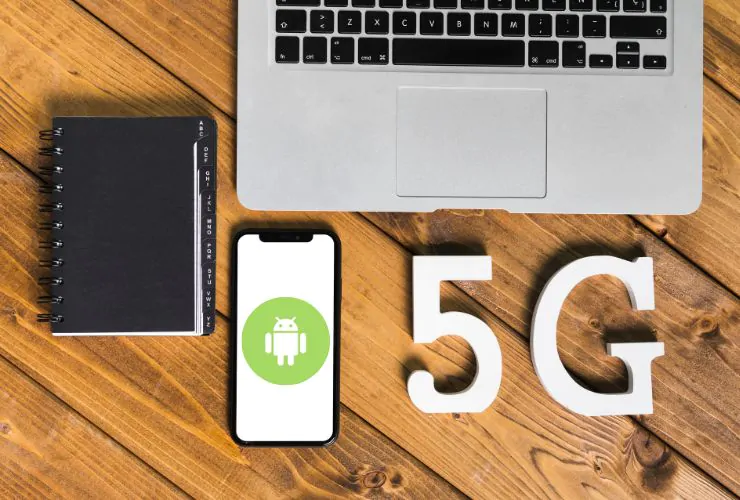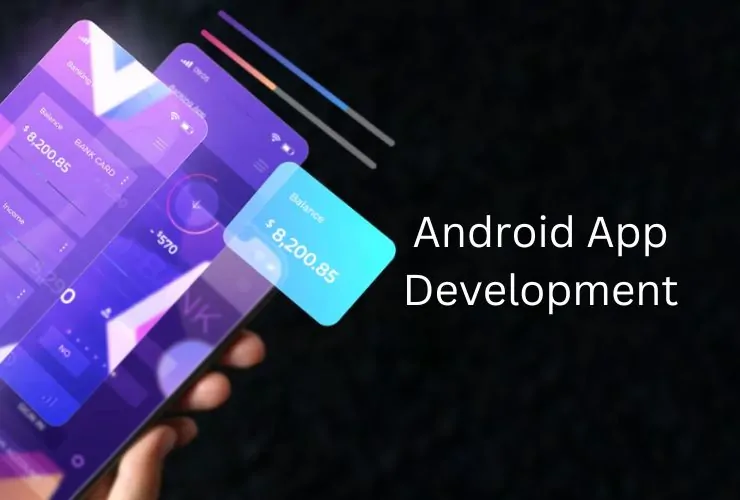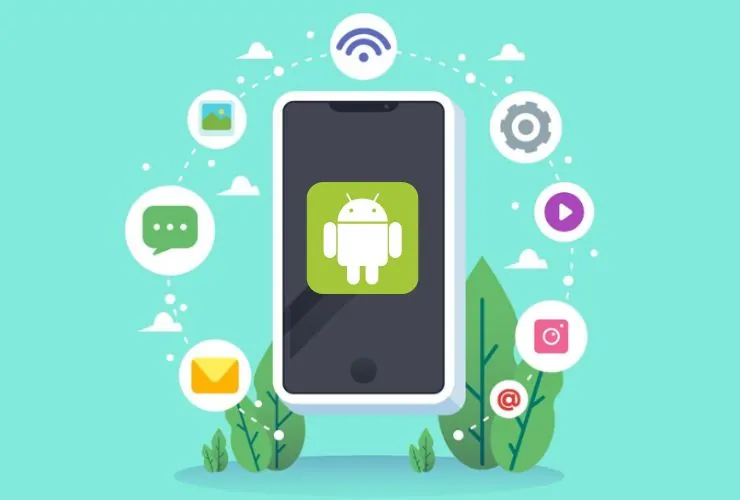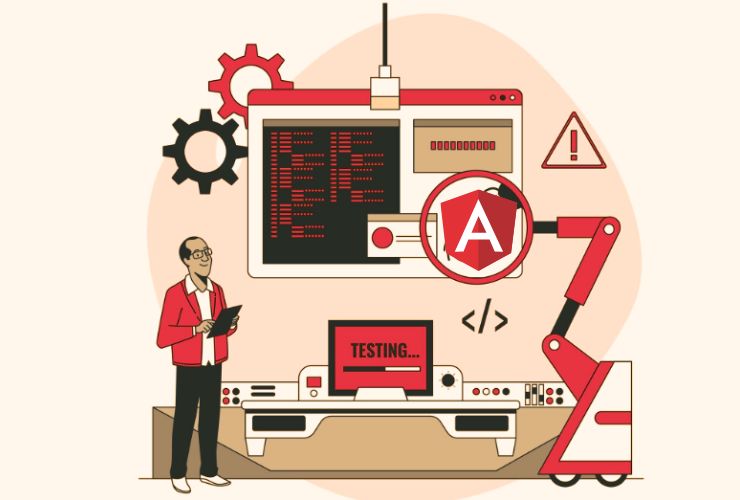As mobile app development gets more complex and resource-heavy, developers are moving toward tools that help them build apps smarter and in less time. Kotlin Multiplatform (KMP) has emerged as a powerful tool for Android developers in particular that allows you to share common code across all platforms including Android, iOS, desktop, and web while still benefiting from native performance and native flexibility.
What Is Kotlin Multiplatform?
Kotlin Multiplatform is a core feature of the Kotlin language developed by JetBrains that supports code reuse across different programming languages in a flexible and efficient manner. Unlike traditional cross-platform frameworks that impose a common UI layer of your app like Flutter or React Native, KMP is modular. This means you can share business logic, data processing, networking, etc. – while keeping specific code on the required platform.
For Android developers, this allows you to use your familiar tools, like Android Studio, Jetpack libraries, and Compose, while adding shared code that will be usable on iOS or other targets.
Reasons Android Developers Might Care
Code Reuse = Less Duplication
With KMP, you can write business logic once and share it across platforms and minimize the duplicated work. This business logic can involve API integration, data models, validation, caching logic, etc. This is very useful for teams building both Android and iOS apps that leverage the same backend.
Faster multi-platform development
Being able to abstract the shared logic layer into a common module allows you to develop for Android the same way that you would ordinarily and then can eventually onboard other platforms like iOS with only minimal duplication. This will speed up product launches, minimize bugs, and help to maintain a consistent experience across platforms.
Native UI/UX with no tradeoffs
KMP allows you to maintain full control over each platform’s UI. Android apps can continue to use Jetpack Compose or XML, while iOS would still use SwiftUI or UIKit. Allowing your users to experience your product in the native manner and with reduced added mindset of trying to create a one-size-fits-all UI.
Better collaboration between teams
Providing a single Kotlin codebase for both Android and iOS developers to work together is a value add. The backend logic would live in the shared common module, while the UI developers would create their native experiences without any regard for what the other team is doing. This level of separations sped up the velocity of the teams while reducing bugs that were caused from wrong assumptions of other teams platform logic.
Industry Applications
Many well-known developer companies are using Kotlin Multiplatform for production applications, such as:
- Netflix: uses KMP for all data layer business logic across their platform
- VMware: has ways to use shared code to manage operating system configurations
- Cash App (Square): relies on KMP for vital mobile systems
- Philips: shares business logic across its health-tech platforms
Some popular industries that use KMP are:
- Finance: tries to use the same security, encryption, and API logic across mobile apps
- Healthcare: needs to standardize data traversal in HIPAA-compliant apps
- E-commerce: wants to share business logic for products, carts, and payments across platform
- Education: needs to deploy learning apps quickly to both app stores
Technical Architecture (Simplified)
A typical KMP project consists of:
- A shared module for native business logic
- Platform-specific modules (i.e. Android and iOS) for platform-only code
- Android and iOS have separate UI layers that can use their native toolkits
This architecture allows you to reuse optimal code, without sacrificing a native experience.
Challenges to Consider:
- Evolving Tools: KMP is stable for Android, but still evolving for iOS. While KMP is functional, integrating it within Xcode isn’t as simple as building features using native Swift.
- Learning Curve: Several new components will need to be learned by Android developers, including CocoaPods and components unique to Swift.
- Library Compatibility: A shared module doesn’t mean all Android libraries are usable in the shared module. However, the official Kotlin libraries (Kotlin Coroutines and Kotlin Serialization) are well supported here.
The Future of Kotlin Multiplatform
The Kotlin team continues to invest in improving KMP and expanding its capabilities. We should see:
Effective Swift and iOS tooling interoperability.
- Improved experience for Kotlin development in Android Studio while using plugins to share code.
- Increasing library availability throughout the ecosystem.
- More stability and support for more platforms (web, desktop, etc.).
In light of the shifts happening across organisations in adopting shared mobile architectures, the role of Kotlin Multiplatform is set to be an important part of how apps are made today.
Conclusion
Kotlin Multiplatform provides Android developers with a practical pathway to share:
Core logic across platforms.
- Minimize duplicated code.
- Provide a platform-native user experiences.
- Use the same language across teams.
- Reduce development cycles.
If you’re already building Android apps and are considering actualizing the feelings of being a cross-platform developer, Kotlin Multiplatform provides a future-proof platform for scalable and performant apps while continuing with the Kotlin language.














